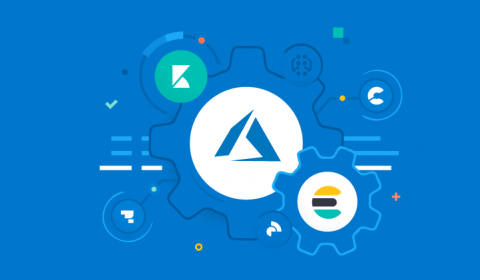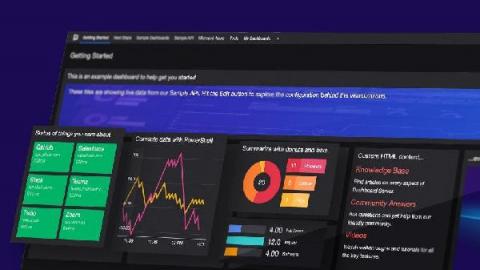New in Elasticsearch 7.13: Even faster aggregations
In our last episode, I wrote about some speed improvements to date_histogram and I was beside myself with excitement to see if I could apply the same principles to other aggregations. I've spent most of the past few months playing a small part developing runtime fields but eventually I found time to take a look at the terms aggregation.






